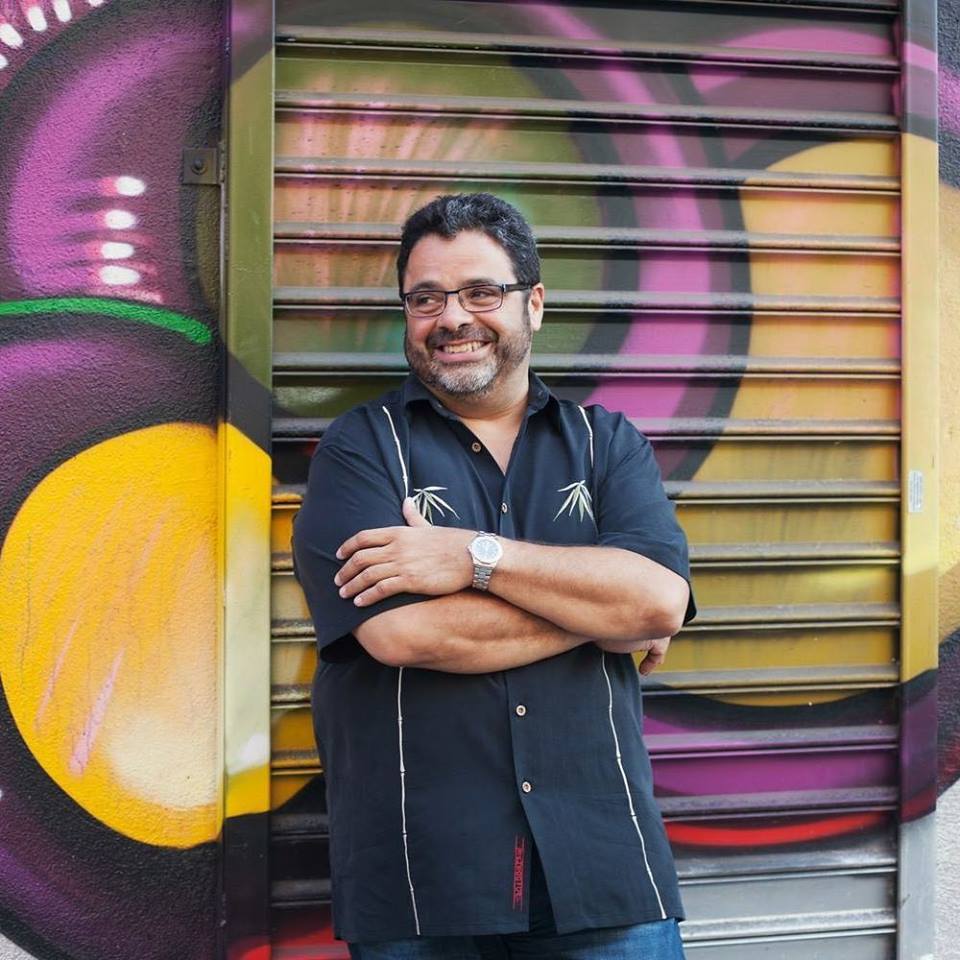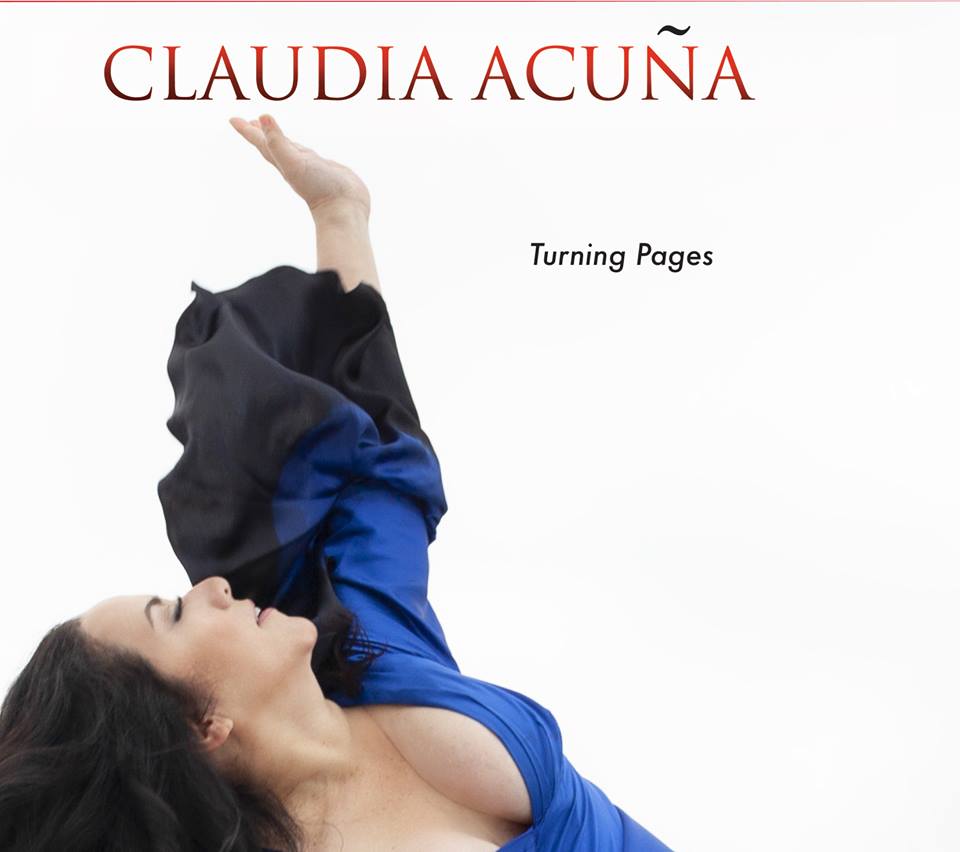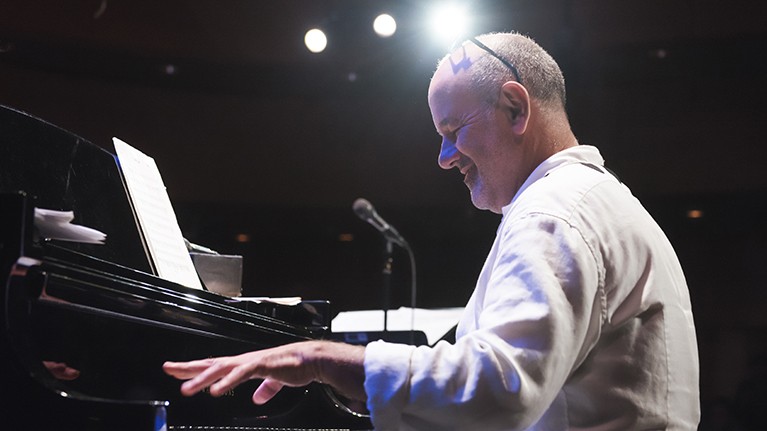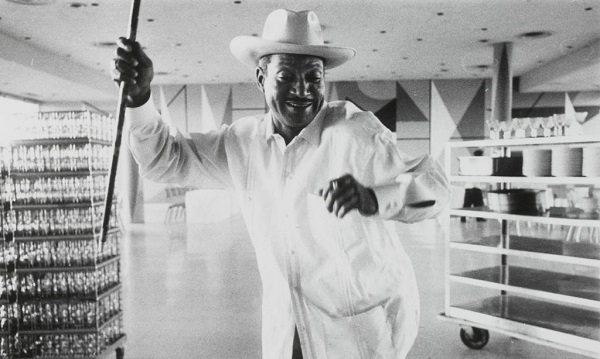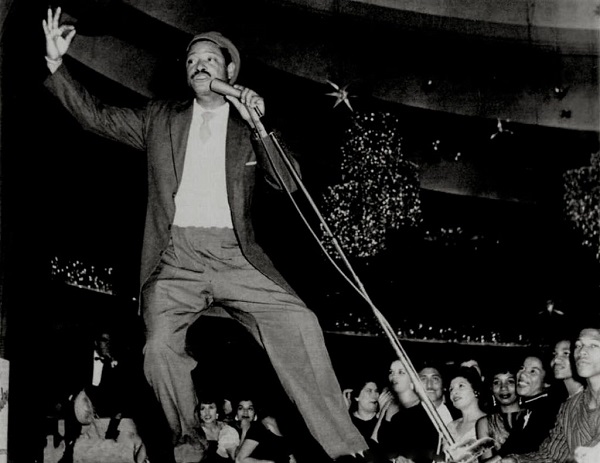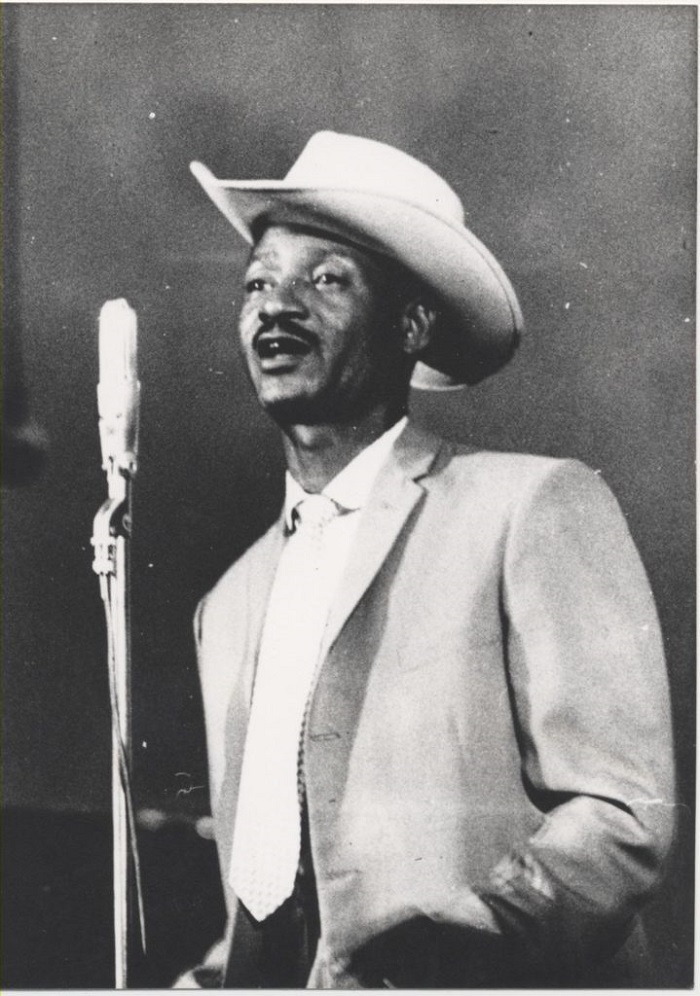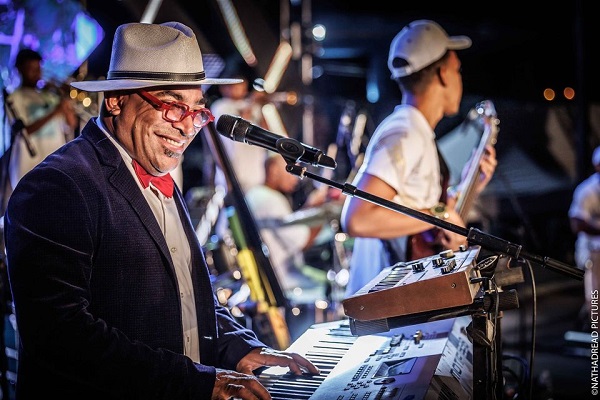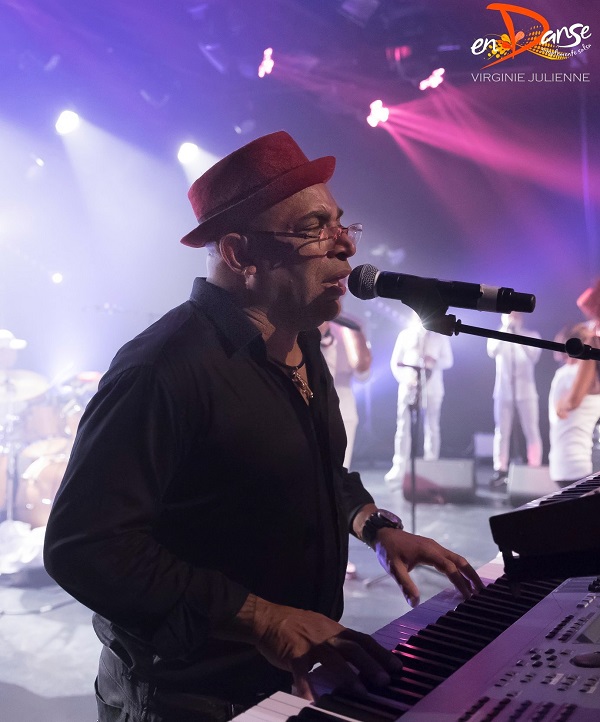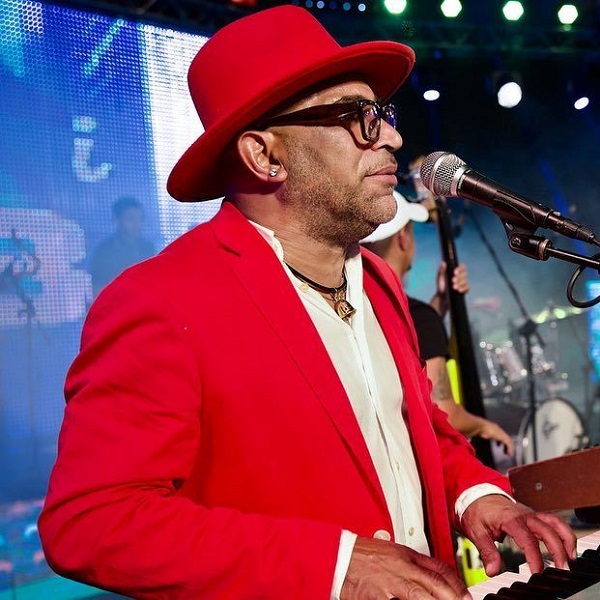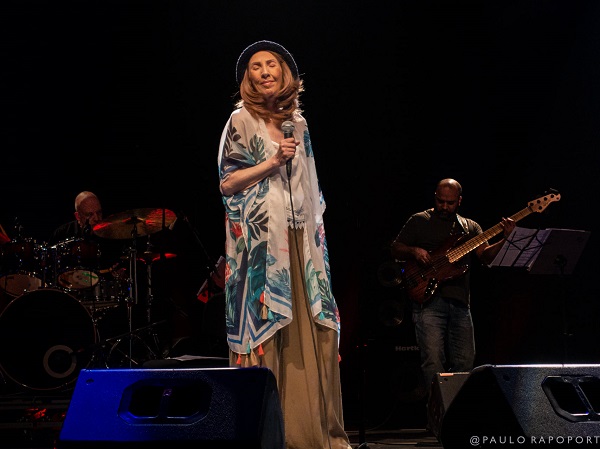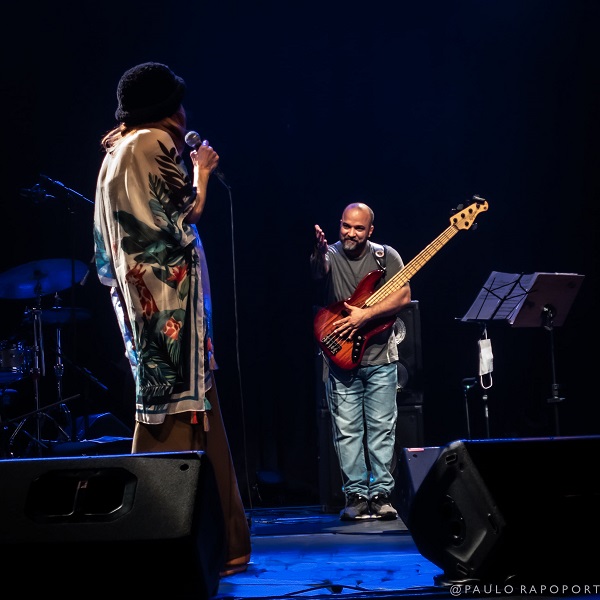Latinoamerica / Venezuela / Caracas
The Salsarria Orchestra was founded in Caracas on July 20, 2018 by its director, pianist, arranger Wilfredo Agustín Castro Sarmiento.
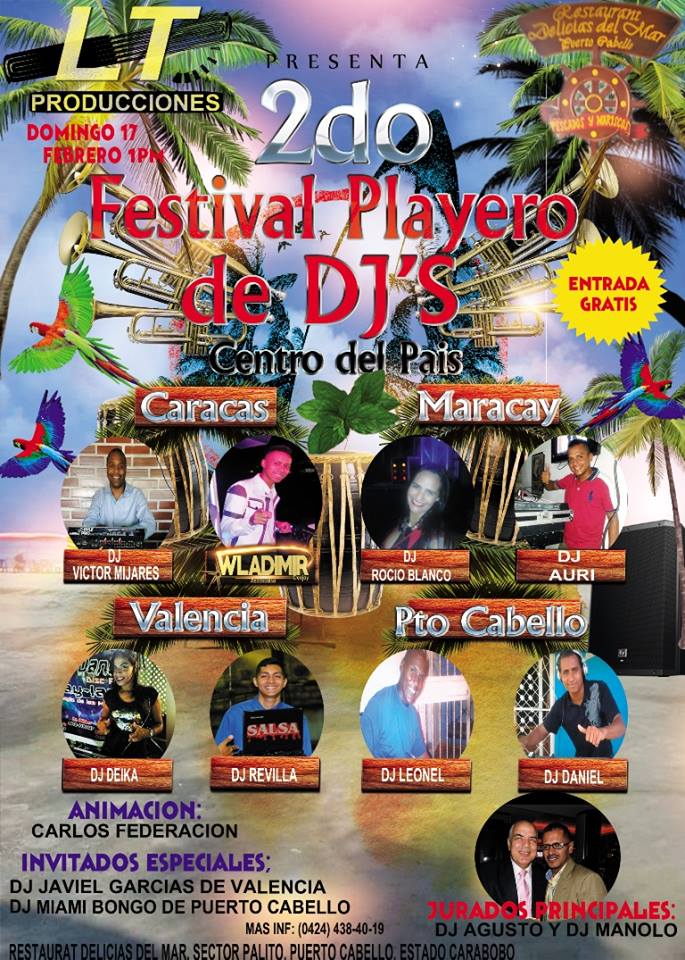
Salsarria Orchestra, in its beginnings, the orchestra performed at events in the capital city where it was widely accepted by the Caracas public.
Very important musicians of national and international stature have marched through the orchestra such as: Orlando Poleo (France), Orlando Watussi (Italy), Federico Betancourt, Luis Esteban Spain (El diablo del Son) among others.
The Salsarria orchestra has participated in important Latin music festivals such as the “Bicentennial Festival Suena Caracas” with a stage presentation.
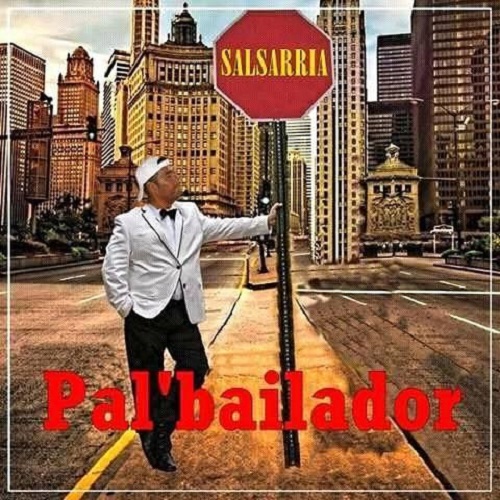
In 2014 they recorded their first album entitled ¨De Vuelta aNuestras Raíces¨ having acceptance in the national and international salsa audience.
Its director and founder Wilfredo Castro is the composer and arranger of all the songs, I love you Caracas, Simply (international success), Las Leyendas, Carnival Comparsa for Caracas, Different Swing, That day you decide to return and in my neighborhood, and preparing his second record production.

